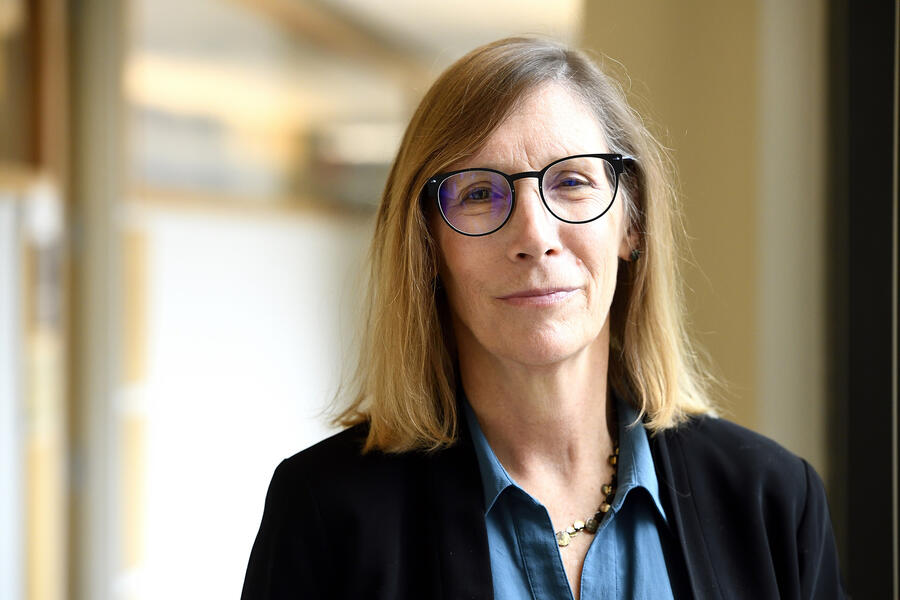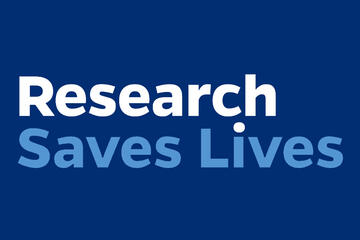As I watch my aging parents navigate their home, I can't help but notice their increasing hesitancy on stairs or how careful they are reaching for objects on high shelves. Like millions of Americans, they fear falling—and with good reason. Falls are the leading cause of injury-related death among seniors in the U.S., a reality that motivates my work every day.
I study the "silent sense" that most people never think about until it fails: the vestibular system in your inner ear. This remarkable system works constantly, detecting your head position and movement to keep you balanced and oriented to gravity. When combined with proprioception—your body's internal positioning system—it allows you to walk, turn, and navigate your world safely.
When this system fails, the consequences are devastating. People with vestibular impairment face a tenfold higher risk of dangerous falls. For those with complete vestibular loss, everyday life becomes extraordinarily difficult—walking, driving, and even standing up can become severely compromised. These invisible disorders affect more than 69 million Americans, causing thousands of fatal falls annually and costing our health care system $50 billion. Behind these statistics are real people whose world has suddenly become unstable and frightening—where every step requires conscious effort and constant vigilance.
As a scientist funded by the National Institutes of Health, I see my research as part of a social contract with the American public. The American people's support, through federal funding, makes my research and my discoveries possible—discoveries that ultimately circle back to benefit all of us.
My lab recently made a breakthrough discovery about how individual neurons in the cerebellum—located at the back and bottom of the brain—process sensory information when people are moving to maintain balance.
With aging comes a critical challenge: Our vestibular and proprioceptive systems gradually become less reliable, providing the brain with increasingly imprecise information about our movements and position. With degraded sensory input, the cerebellum struggles to detect and correct mismatches quickly enough, often resulting in falls. Our research explains why people with these age-related impairments instinctively slow their combined movements—they're compensating for declining sensory quality needed to calibrate their internal models.
The implications extend further beyond aging. This research provides insights for astronauts adapting to reduced gravity environments like the moon or Mars, where altered vestibular function affects balance. It also guides the development of neural prosthetics that might someday restore balance for people with vestibular disorders.
If our research were to pause today, we would lose vital momentum on work that impacts everyone as they age. Our studies of cerebellar adaptation are helping to explain the sharp rise in fall risk that accompanies advancing age. Our new diagnostic methods can help identify balance dysfunction before the first serious fall occurs. For the 150,000 Americans with profound vestibular loss, our progress on neural prostheses represents their best hope for restored balance. We're translating these discoveries into targeted exercises that retrain the aging brain to better integrate sensory signals—potentially preventing many of those fatal falls and reducing the substantial medical costs that burden our health care system.
Whether it's for my parents, your grandparents, or ourselves someday, the ability to move safely and confidently through life is something everyone deserves.
Kathleen Cullen Kathleen Cullen is the Raj and Neera Singh Professor of Biomedical Engineering, and professor of Neuroscience and Otolaryngology. She is also the director of the Johns Hopkins Center for Hearing and Balance and founded the Systems Neuroscience and Neuroengineering Laboratory.
Posted in Health, Voices+Opinion
Tagged aging, biomedical engineering, nih funding









